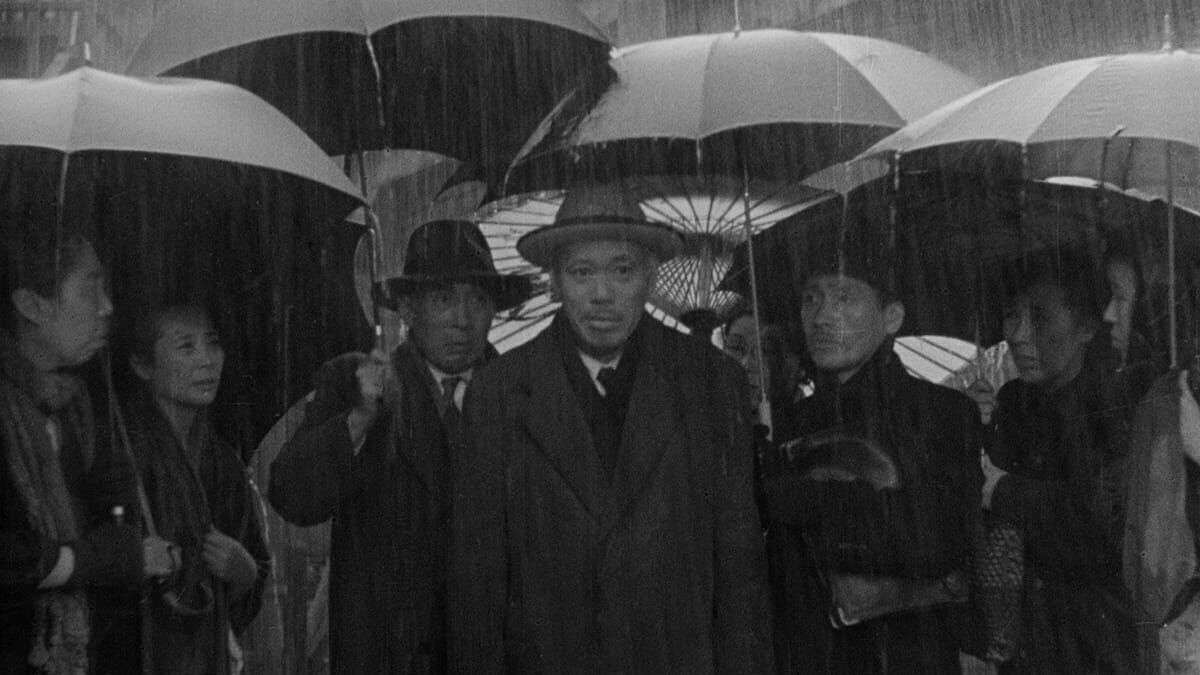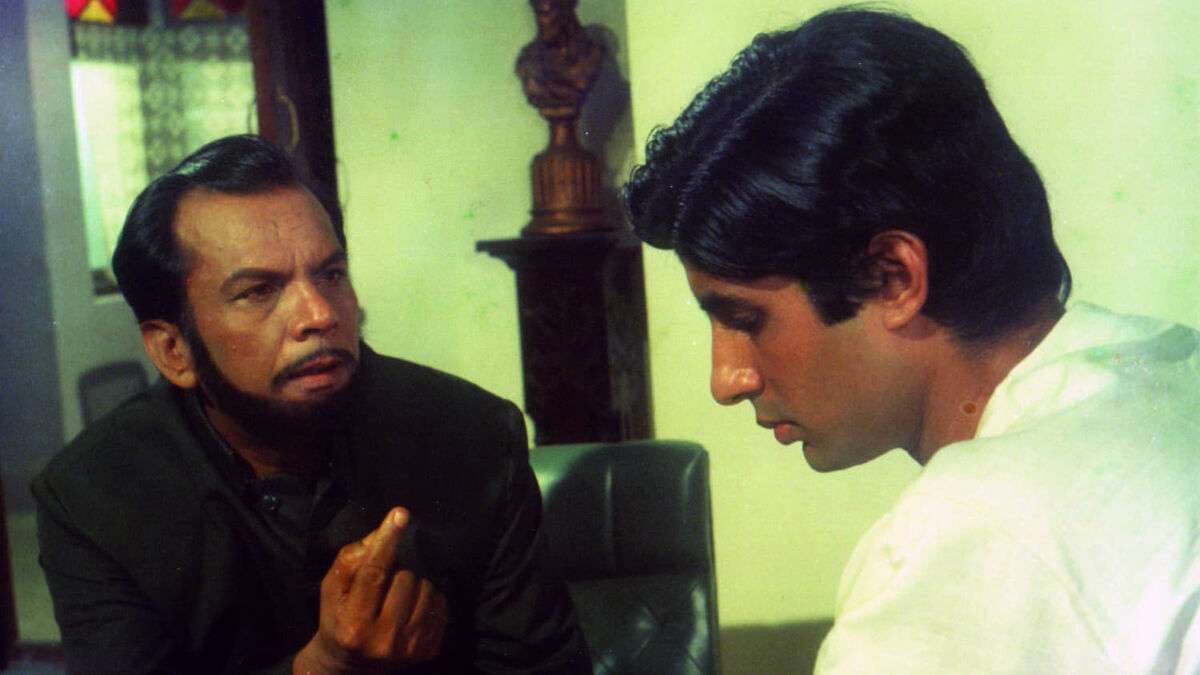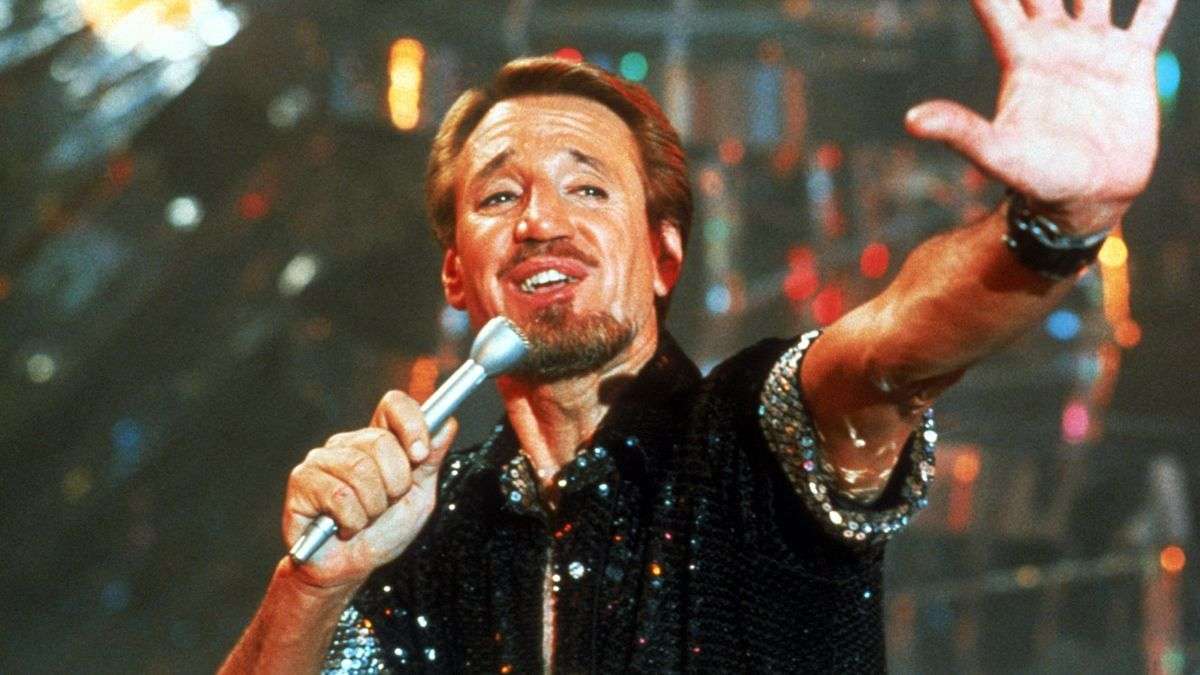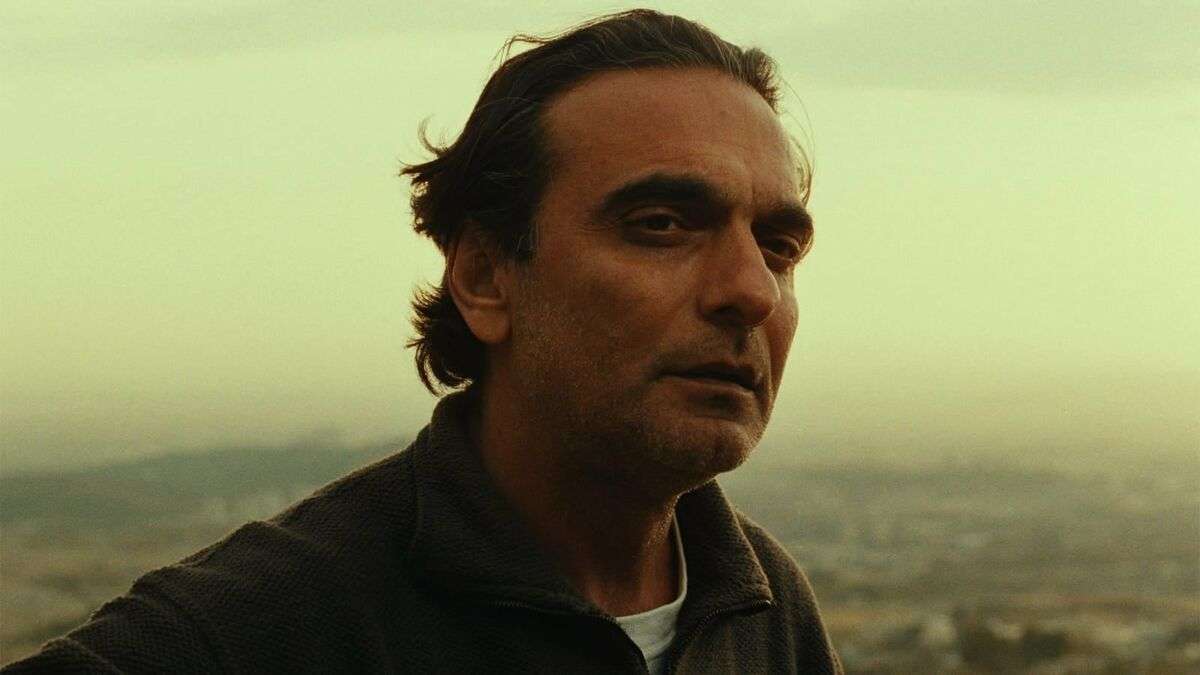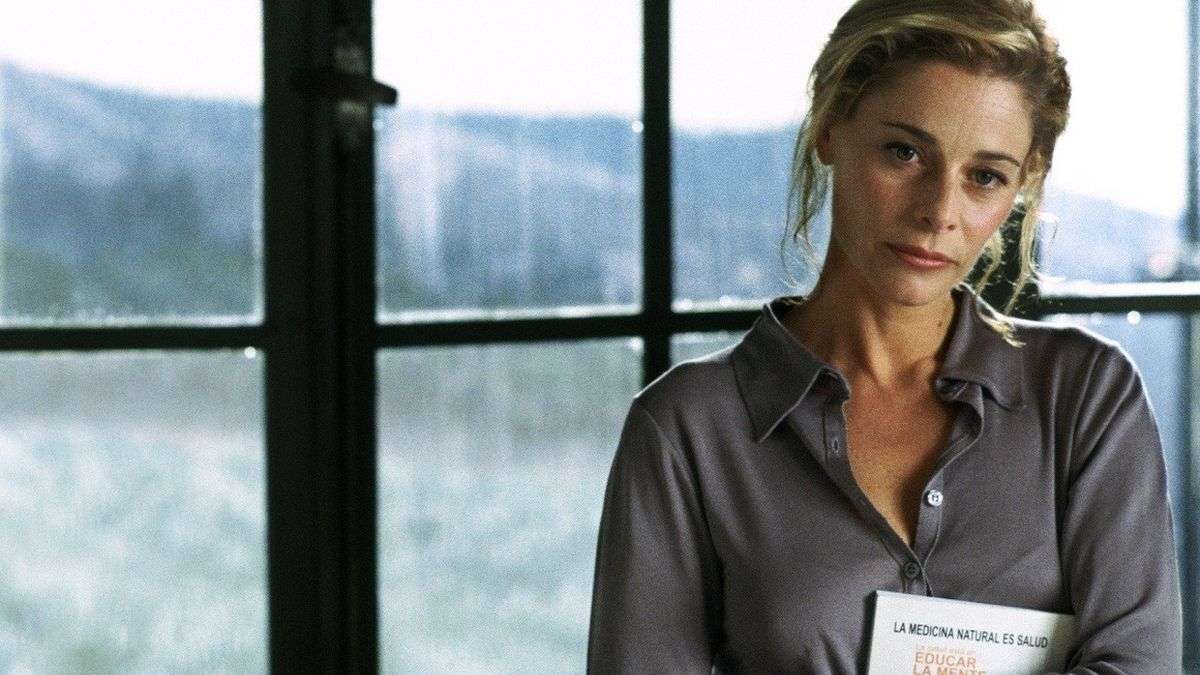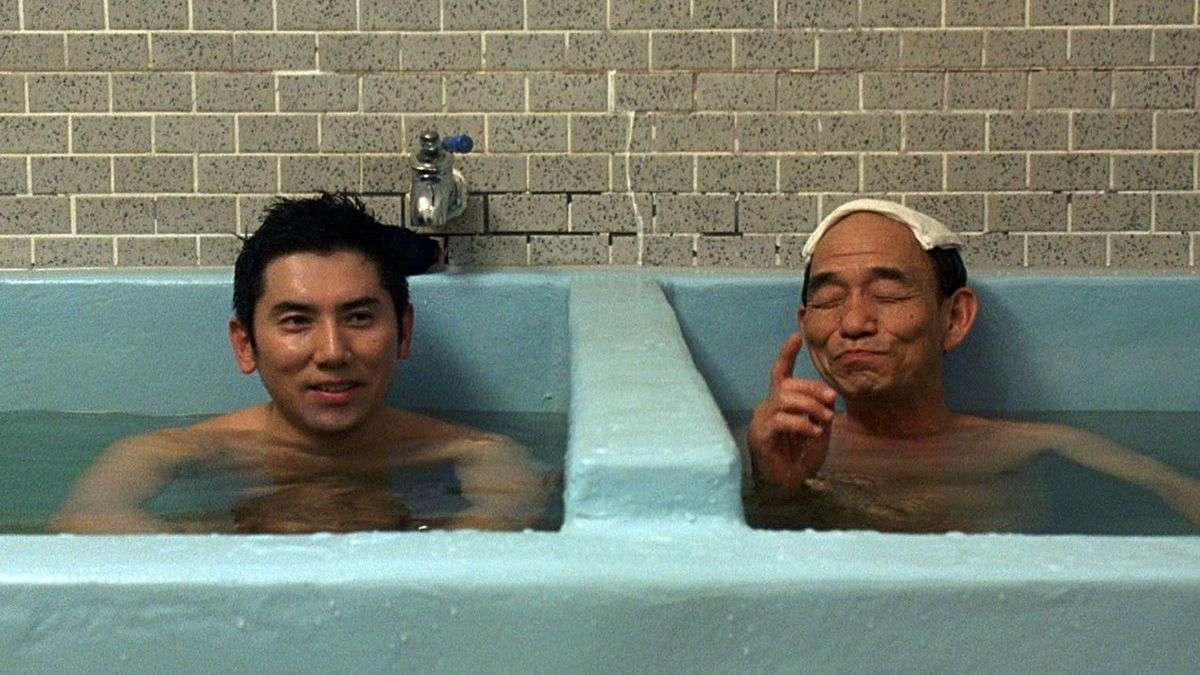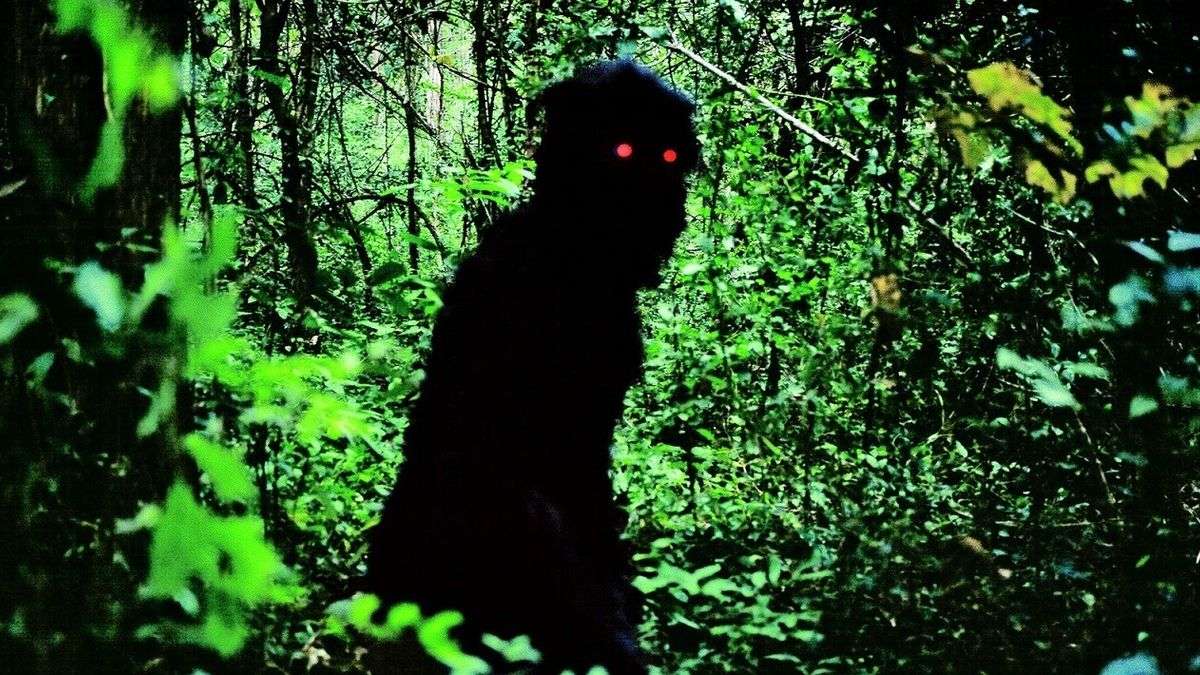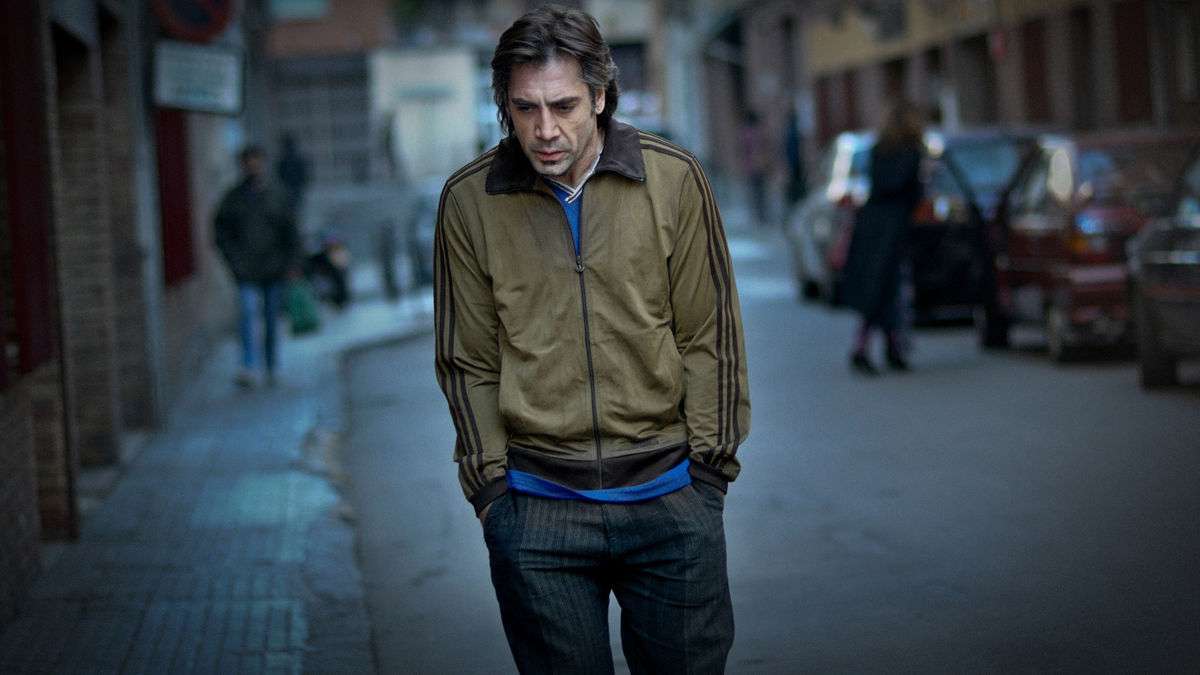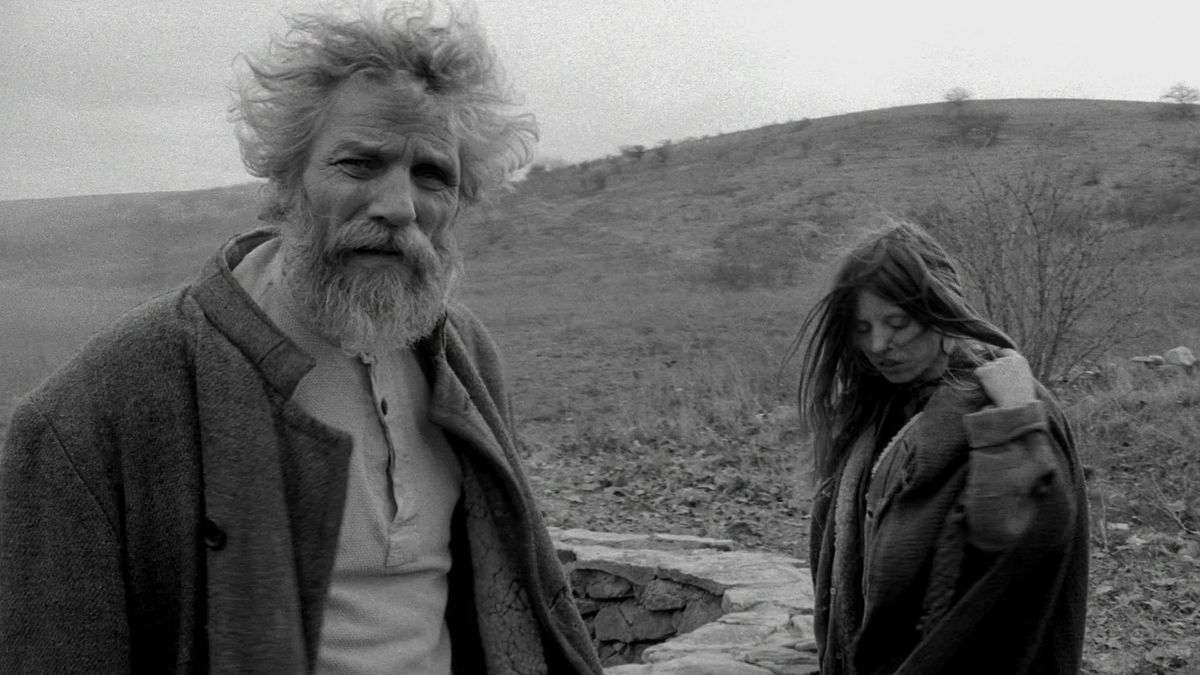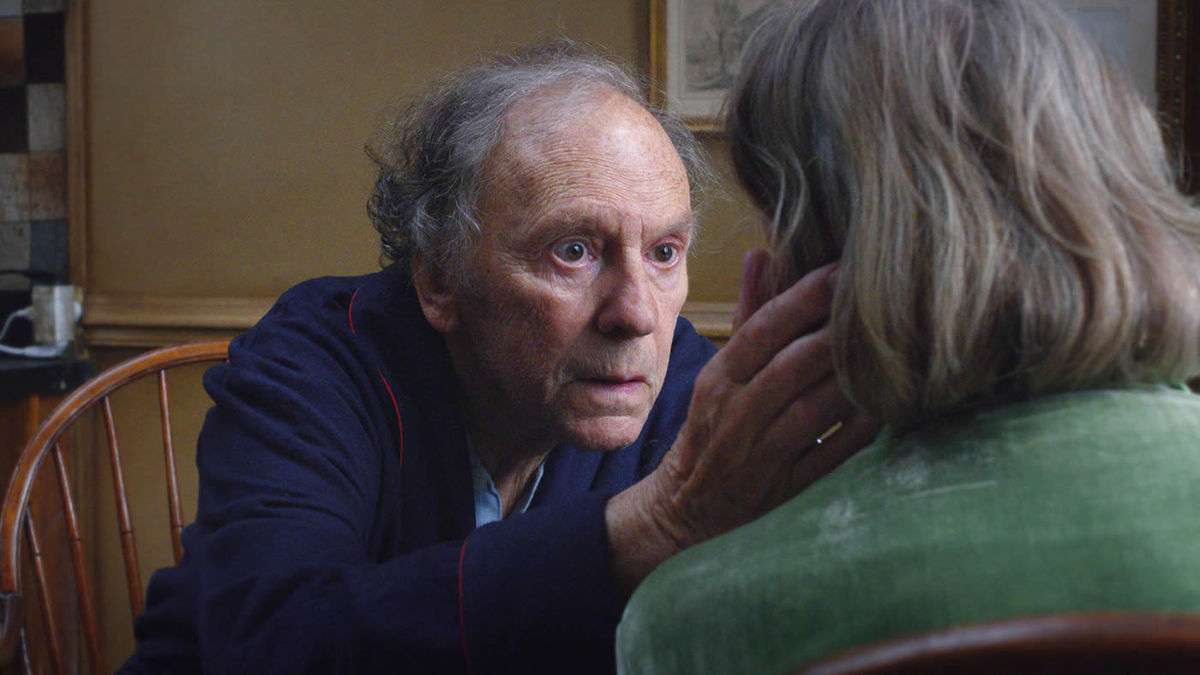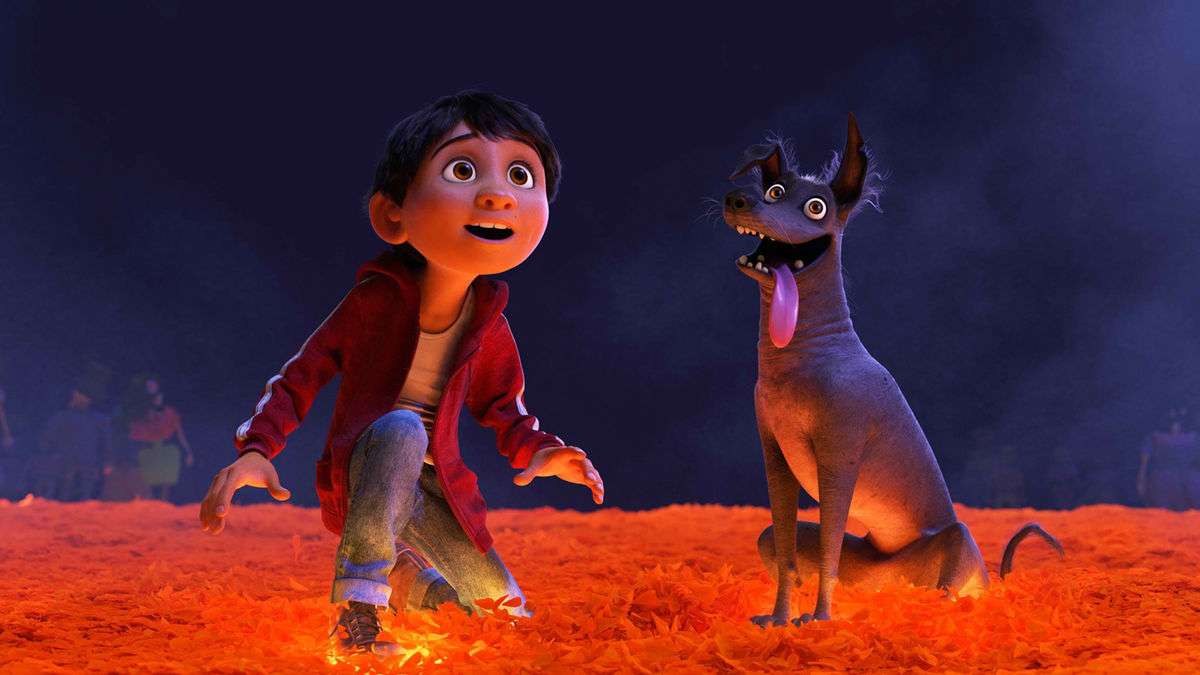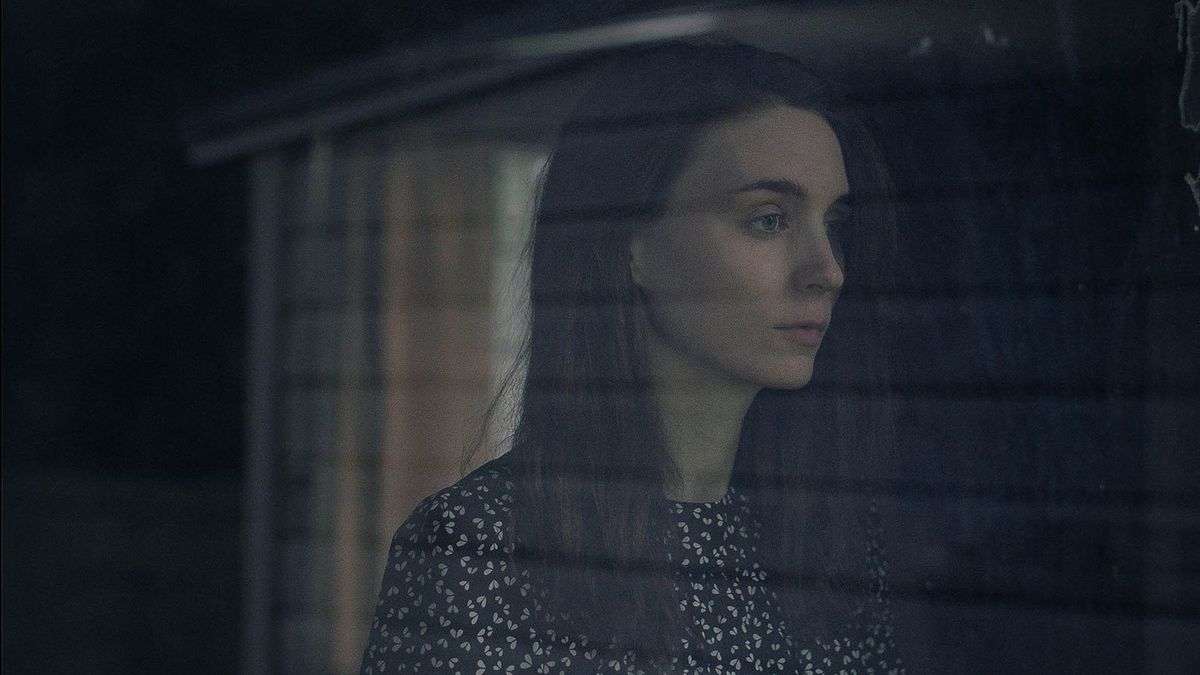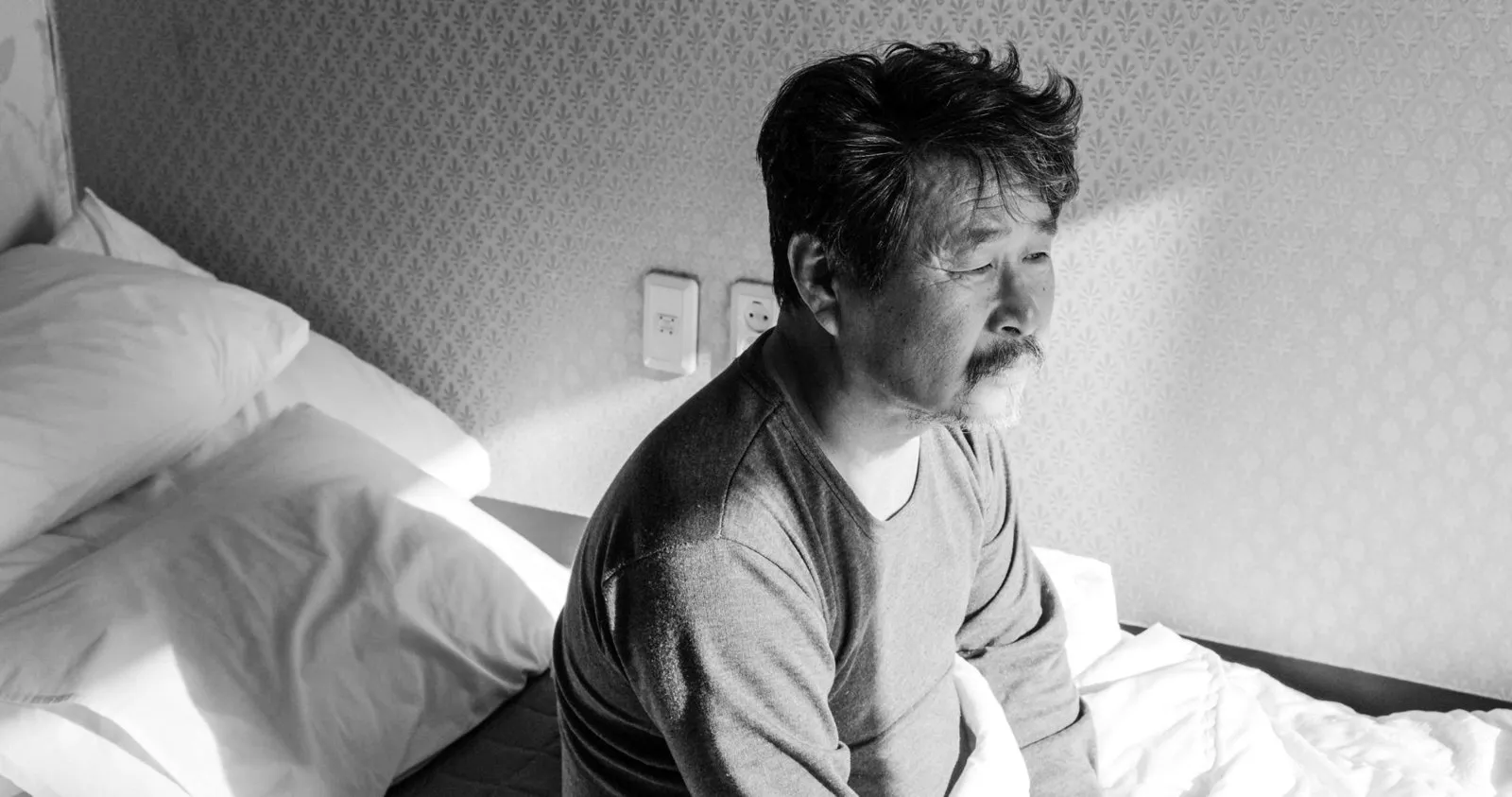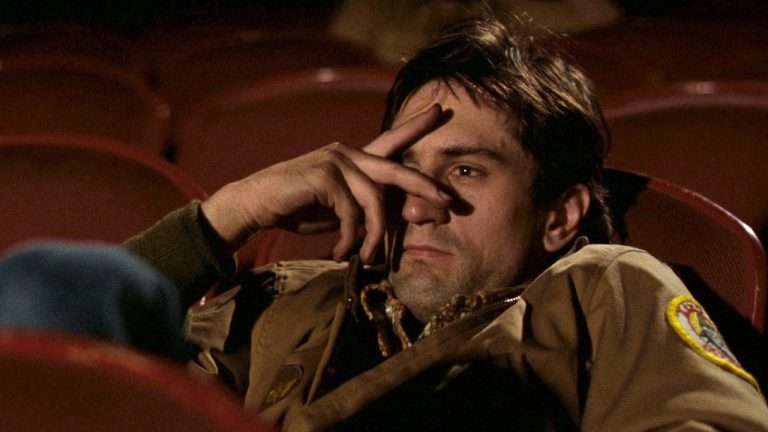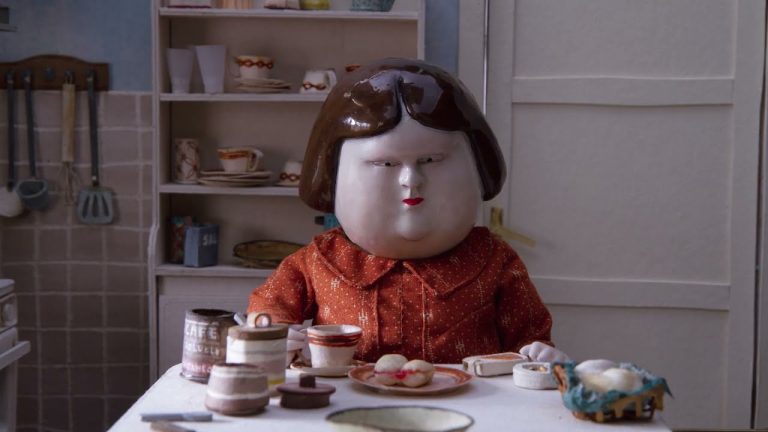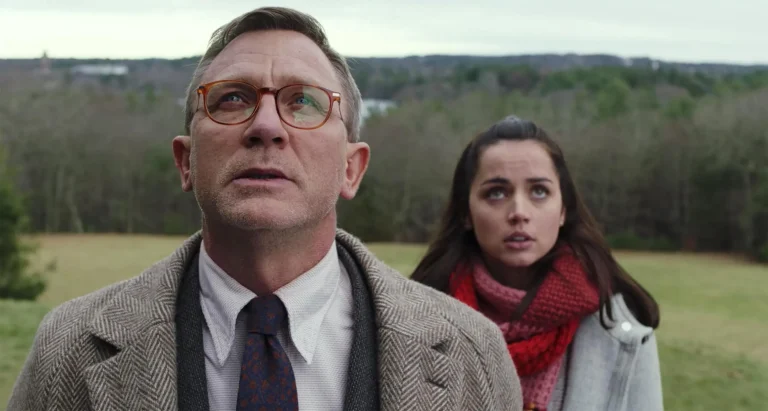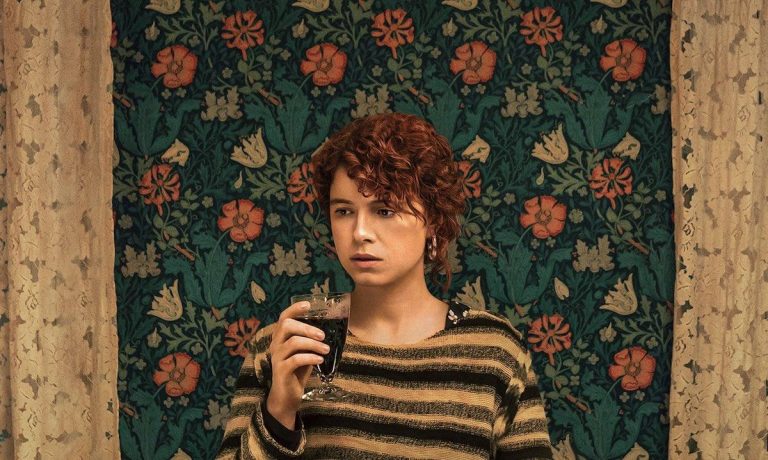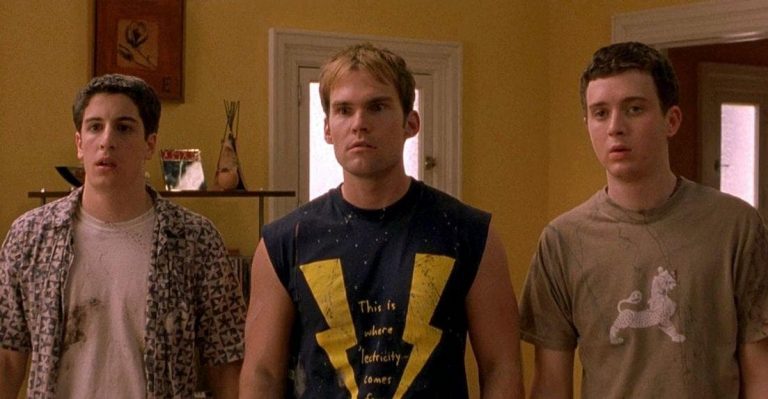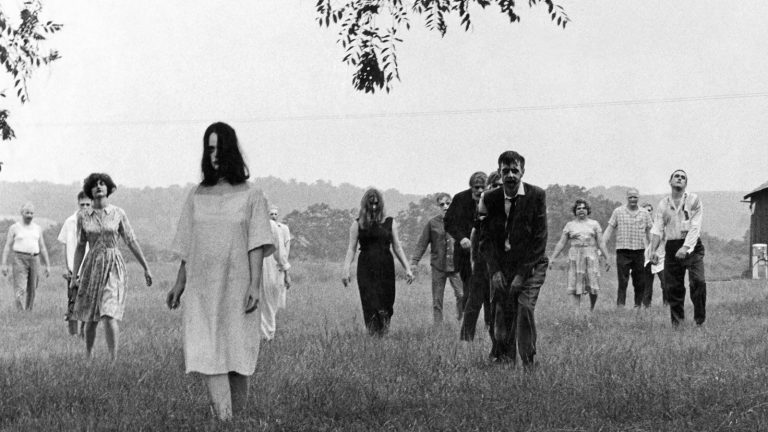Death, as the ultimate existential certainty, has captivated humanity for millennia and has long been a central theme in literature, art, and philosophy. It has simultaneously served as a deep source of fear, fascination, as well as critical inquiry. From ancient myths exploring the afterlife to modern scientific explorations of consciousness, we continue to grapple with death’s finality and its impact on the living. Cinema, as a powerful storytelling medium, has naturally become a mirror reflecting our complex relationship with mortality. Notably, the French critic André Bazin opens his book What Is Cinema? Vol. 1 by comparing cinematic praxis, the latest incarnation of the plastic arts, with the practice of embalming the dead.
Throughout cinematic history, films have explored death in a multitude of ways. Some narratives confront the raw grief and emotional turmoil associated with loss. Others delve deeper, questioning the nature of existence and the potential for an afterlife. Comedies may use death as a springboard for dark humor, while science fiction films envision futuristic scenarios where death is conquered or redefined. Death can be a catalyst for self-discovery, prompting characters to reassess their priorities and appreciate the preciousness of life. It can also be a tool for social commentary, highlighting societal anxieties about aging, illness, or medical ethics.
Regardless of the approach, films dealing with death offer an opportunity for viewers to confront their personal fears and anxieties and contemplate the meaning of life in the face of its inevitable end. This article explores a diverse selection of 15 great movies that illuminate the multifaceted nature of death on screen. From poignant dramas to thought-provoking fantasies, these films showcase the power of cinema to explore the complexities of mortality and the enduring human spirit in its shadow.
1. Ikiru (1952)
Akira Kurosawa‘s 1952 masterpiece “Ikiru” (To Live) follows Kanji Watanabe (Takashi Shimura), a middle-aged bureaucrat trapped in a monotonous life who receives a devastating diagnosis: terminal stomach cancer. This revelation jolts him from his lifelong complacency, igniting a desperate search for meaning in the dwindling days that remain, his struggle unfolding against the backdrop of a postwar Japan grappling with its own identity. The narrative proceeds through a non-linear structure, interweaving flashbacks that depict Watanabe’s dreary existence as a petty paper-pusher with the present-day account of his quest for fulfillment. Watanabe’s initial reaction is one of despair—his rigid routine crumbles as he grapples with the fragility of his existence.
Kurosawa masterfully utilizes silence in the film, letting Watanabe’s hollow gaze and labored breathing speak volumes about the emotional turmoil within. Yet, “Ikiru” doesn’t wallow in morbidity; Watanabe’s existential crisis becomes a catalyst for profound transformation. He seeks out experiences that have eluded him for years, venturing into the city’s vibrant nightlife and engaging in fleeting moments of joy. However, he soon realizes that mere hedonism won’t suffice. He craves a purpose, something to leave behind after his inevitable demise. This yearning leads him to champion the construction of a playground in a neglected slum, a project that faces resistance from his apathetic colleagues. “Ikiru” resonated deeply with postwar Japanese audiences, a nation rebuilding itself from the ashes of war and nuclear fallout, and continues to be a great carpe diem call for contemporary viewers as well.
2. The Seventh Seal (1957)
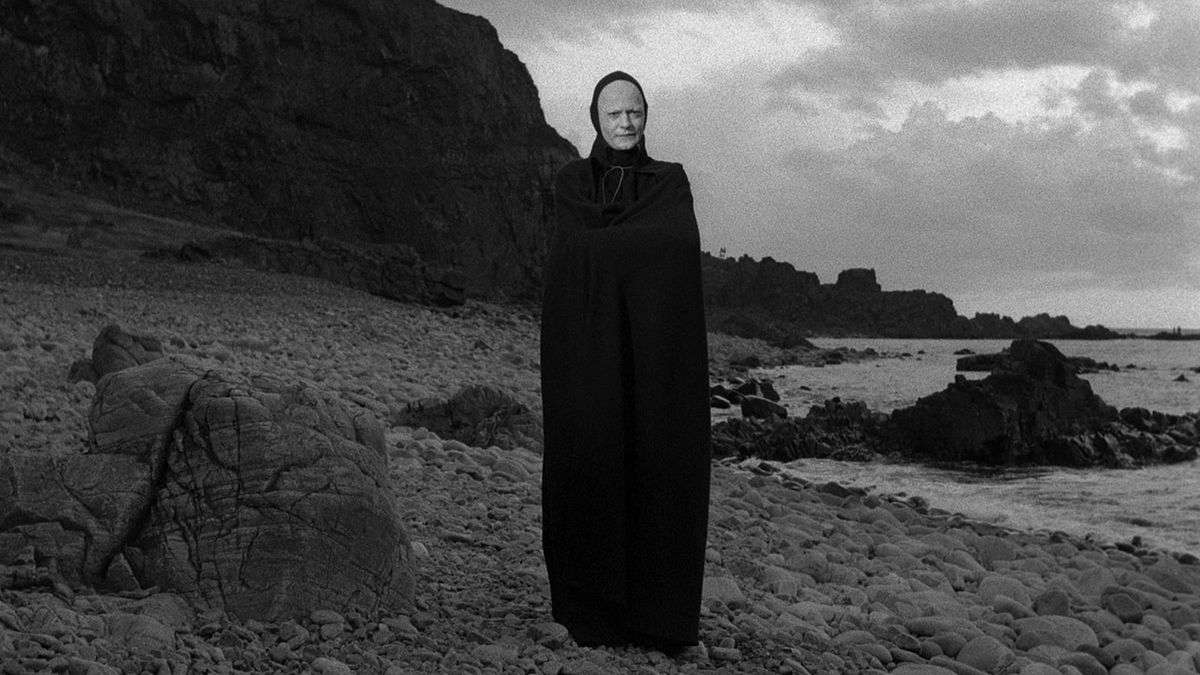
Forget knights in shining armor as Bergman‘s 1957 film “The Seventh Seal” throws us into a much bleaker world of plague and suffering. We meet Antonius Block (Max Von Sydow), a weary knight returning from the Crusades with his trusty (but sarcastic) squire, Jöns (Gunnar Björnstrand). The Black Death is raging, and the landscape they travel is as desolate as their spirits. Then, all of a sudden, Death himself shows up in the flesh (Bengt Ekerot), cloaked and creepy, and challenges Block to a metaphysical game of chess. The stakes are, quite literally, life or death. It is an audacious conceit serving as a powerful metaphor for humanity’s eternal struggle to find meaning and purpose in the face of life’s inevitable finality and the will to outrun and outlive this figure of Death.
Block’s journey through the plague-ridden countryside reveals a whole host of human responses to the ever-present threat of death. A flagellant troupe seeks solace in self-inflicted pain, a woman stands accused of witchcraft clinging to her faith, and a troupe of actors indulge in the crudest of humor amidst the bleakness. Each encounter chips away at Block’s belief in a benevolent and just God, forcing him to confront the suffering surrounding him. The iconic opening scene, with Death emerging from the fog on a desolate beach, sets a chilling tone that permeates the narrative. Whereas the ending (standing in for ‘The End’ in a grander sense), deliberately ambiguous, depicts Block and the troupe of actors, including a woman holding a child, dancing the dance of Death (and with Death) as they are led away over a hillside.
3. Anand (1971)
Released in 1971, Hrishikesh Mukherjee’s “Anand” is a heartwarming yet poignant exploration of death, not through the lens of grief or despair, but through the power of embracing life with zest. The film follows the titular character Anand (Rajesh Khanna), a terminally ill cancer patient with an infectious optimism that belies his condition. Anand’s effervescent personality and boundless charisma touch the lives of those around him, including the cynical doctor Bhaskar (Amitabh Bachchan) and a young woman named Renu (Sumita Sanyal), whom he befriends. The narrative cleverly utilizes contrasting personalities to explore various approaches humans take to cope with death. Anand’s acceptance of his mortality stands in stark contrast to Dr. Bhaskar’s initial fear and denial.
From the outset, “Anand” establishes a delicate tonal balance, seamlessly interweaving moments of profound melancholy with an undercurrent of lighthearted humor and warmth. Mukherjee’s direction navigates this tonal duality with a deft hand, allowing the film’s philosophical musings on mortality to resonate without becoming mired in overt sentimentality. This makes possible a rather refreshing, if not almost radical, outlook on the weighty theme of death. The film doesn’t shy away from emotional moments, particularly when Anand’s condition worsens. However, these scenes are imbued with a sense of tenderness and acceptance, highlighting the importance of cherishing loved ones and living in the present. Salil Chowdhury’s music complements the narrative beautifully, with songs like “Zindagi Kaisi Hai Paheli” (“Life is a Riddle”) adding layers of emotional depths to the existential questions tackled by the film.
4. All That Jazz (1979)
A semi-autobiographical film from Bob Fosse, “All That Jazz” is a dazzling exploration of the pursuit of artistic perfection and the profound toll it takes on the human psyche. It centers on Joe Gideon (Roy Scheider), a brilliant but self-destructive theater director and choreographer grappling with his impending demise. Gideon, a man of undeniable artistic genius, exhibits a tyrannical demeanor in the studio and a chaotic existence outside of it. He juggles multiple projects fueled by an unsustainable cocktail of pills and cigarettes. The film offers no romanticized portrayal – Gideon’s lifestyle is a ticking time bomb. His relationships with his peers and his ex-wife, Audrey (Leland Palmer), are demonstrably strained due to his relentless workaholic tendencies.
The ever-present specter of mortality manifests in the film as Angelique, the chilling “Angel of Death” (Jessica Lange), a constant reminder of Gideon’s finite time. Through a series of visually arresting and thematically charged musical numbers, the film delves into the choreographer’s anxieties about aging, irrelevance, and the fear of fading into obscurity. The film’s ambiguous ending leaves a lasting impression, prompting viewers to grapple with Gideon’s fate. Did he find solace or succumb to his demons? This uncertainty serves a deeper purpose. “All That Jazz” compels reflection on the potential pitfalls of relentless ambition and the importance of confronting one’s fears, both literal and metaphorical, before the curtain closes for the final time.
5. Taste of Cherry (1997)
Kiarostami’s understated masterpiece “Taste of Cherry” tackles the complex moral and existential questions surrounding the act of taking one’s life, offering in the process an unflinching yet compassionate gaze upon the human condition. The narrative follows Mr. Badii (Homayoun Ershadi), a middle-aged man who methodically prepares for his intended suicide by driving through the outskirts of Tehran, searching for someone willing to bury him after the act. Badii encounters a wide range of characters – a young seminary student, a war veteran, a taxidermist – who catalyze deeply contemplative discussions on life, death, and the purpose of existence. Each interaction sheds light on Badii’s internal struggle while offering contrasting perspectives on the act of suicide.
The seminary student wrestles with the religious implications of Badii’s request, highlighting the moral and ethical considerations surrounding self-harm. The war veteran, grappling with his own physical and emotional scars, offers a poignant counterpoint by questioning whether life itself, even with its hardships, is inherently worth preserving. Whereas the taxidermist, a man seemingly content with the simple pleasures of life, embodies a more pragmatic perspective by urging Badii to reconsider his decision. The title, “Taste of Cherry,” becomes a recurring motif throughout the film. Could this taste represent a forgotten joy, a lost connection to life’s simple pleasures that Badii yearns to recapture? The film’s ending is deliberately ambiguous, infamously breaking the fourth wall, leaving Badii’s fate uncertain. Kiarostami’s restrained direction and sparse dialogue allow the film’s themes to resonate more deeply, inviting viewers to reflect on their own mortality and the choices they make in life.
6. After Life (1998)
Hirokazu Kore-eda’s “After Life” presents a rather unique and thought-provoking exploration of the enduring power of memory and its profound connection to the human experience of death. Through its imaginative premise and delicate character-driven storytelling, the film invites viewers to contemplate the essence of what it means to truly live and the lasting imprint left behind by our most cherished moments. The narrative unfolds in a bureaucratic purgatory where the recently deceased must select a single memory from their life to be recreated and preserved for eternity. This clever conceit catalyzes a series of poignant vignettes, each offering a glimpse into the lives and emotional journeys of the film’s diverse ensemble cast of characters.
After Life’s exploration of memory and its relationship to the human experience is masterfully woven into the narrative fabric, with each character’s chosen recollection serving as a window into their innermost desires, regrets, and the fleeting moments that defined their lives. Kore-eda’s deft handling of these vignettes imbues them with a profound sense of universality, allowing viewers to see glimpses of their own lived experiences reflected in the stories unfolding on screen.
The recreation of the characters’ memories adds a layer of poetic surrealism to the proceedings, further emphasizing the malleable nature of memory and its capacity to transcend the boundaries of physical reality. As the characters grapple with their choices, we, as viewers, are moved to ask ourselves: What memories define us? What moments would we hold onto for eternity? The act of selection becomes a poignant metaphor for the fleeting nature of life and the importance of cherishing the present.
7. The Sea Inside (2004)
Alejandro Amenábar‘s emotionally charged drama “The Sea Inside” tackles the sensitive and controversial topic of euthanasia and the right to die on one’s own terms. Ramón Sampedro (played by the phenomenal Javier Bardem) is a quadriplegic man paralyzed by a diving accident in his mid-twenties. Confined to his bed for nearly three decades, Ramón yearns for freedom from his physical limitations and fights for the legal right to end his life with dignity. We witness Ramón’s vibrant past, his passion for sailing, and the devastating accident that robbed him of his independence. The film doesn’t shy away from the harsh realities of his condition – the daily struggles, the dependence on others for even the most basic needs, and the gnawing sense of isolation.
Two key relationships shape Ramón’s journey. Julia (played by Belén Rueda), a lawyer who joins the fight for his right to die, and Rosa (played by Lola Dueñas), a local woman who visits him with the hope of changing his mind. Through these contrasting interactions, the film explores the complex ethical and emotional considerations surrounding euthanasia. Julia champions Ramón’s cause, providing legal guidance and emotional support. Rosa, driven by faith and a belief in the sanctity of life, attempts to convince Ramón of the beauty and value he still possesses in his current condition. The vast expanse of the ocean outside Ramón’s window represents the freedom and the sense of adventure he longs for, becoming a powerful symbol of the life he feels denied. Notably, despite his unwavering desire for death, Ramón still cherishes the human connections that sustain him – his loved ones, his art, and his intellectual pursuits.
Related to Movies About Death: 15 Best Javier Bardem Performances, Ranked
8. Departures (2008)
“Okuribito” (Departures) follows Daigo Kobayashi (Masahiro Motoki), a young cellist forced to return to his rural hometown after failing to find success in the city. Unemployed and disillusioned, he stumbles upon a job opening for a “nokanshi” – a ritual mortician who prepares bodies for funerals. Initially repulsed by the idea, Daigo eventually accepts the position due to financial desperation. However, as he apprentices under the experienced nokanshi Sasaki (Tsutomu Yamazaki), Daigo begins to develop a newfound respect for the profession. He learns the meticulous art of preparing bodies, a process imbued with deep respect and a profound understanding of mortality. Motoki’s nuanced and understated performance as Daigo serves as the film’s emotional anchor, capturing the character’s personal growth and evolving perspectives on death with a sense of quiet acceptance of the inevitable.
The film delves into the delicate rituals surrounding death in Japanese culture. We witness Daigo mastering the art of “tsumami” – the process of applying makeup and dressing the deceased with dignity. He learns the importance of these rituals in offering solace to grieving families, providing them with a sense of closure and a dignified farewell to their loved ones. Daigo initially struggles with the societal stigma attached to his profession, as he faces social ostracism and experiences difficulty connecting with potential romantic partners due to his work. However, as he witnesses the profound impact his work has on grieving families, his perspective begins to shift. By contrasting the traditional Japanese rituals with Daigo’s initial Westernized perspective, the narrative compels viewers to re-evaluate their preconceived notions about death and the importance of honoring the deceased.
9. Uncle Boonmee Who Can Recall His Past Lives (2010)
From the Thai slow cinema master, Apichatpong Weerasethakul comes this mesmerizing and dreamlike exploration of death, reincarnation, and the interconnectedness of life. The eponymous Uncle Boonmee (Thanapat Saisaymar) is a man suffering from acute kidney failure who finds himself visited by the ghostly apparitions of his late wife and long-lost son, now reincarnated as a strange, ape-like creature. These ethereal encounters prompt Uncle Boonmee to reminisce about his past lives, blurring the boundaries between reality and the supernatural. They also serve as metaphorical representations of his anxieties and regrets. The ethereal ghost of a princess, for example, may embody the unresolved yearning for a past relationship.
One of the film’s key thematic concerns is the acceptance of death as a natural part of the human experience. Rather than fear or resist his impending demise, Uncle Boonmee embraces it with a sense of serenity and curiosity. Additionally, “Uncle Boonmee Who Can Recall His Past Lives” challenges conventional notions of linear time and individual identity. By juxtaposing scenes from different points in Uncle Boonmee’s existence, the film suggests that death is not an endpoint but rather a transition to another state of being. Through this perspective, death becomes less of a finality and more of a continuation of the eternal cycle of birth, death, and rebirth. Weerasethakul’s unique blend of realism and fantasy offers a fresh perspective on death, drawing on Buddhist beliefs in reincarnation and karma.
10. Biutiful (2010)
Alejandro González Iñárritu‘s 2010 film centers on Uxbal (Javier Bardem), a struggling illegal immigrant in Barcelona, who finds himself confronting the harsh realities of his impending demise, caused by a terminal illness that threatens his efforts to provide for his children Ana (Hanaa Bouchaib) and Mateo (Guillermo Estrella). Uxbal’s world is shrouded in darkness, both literally and metaphorically. He works long hours in dimly lit construction sites, tends to the needs of dying patients by acting as a medium to the dead, and navigates the dangerous underbelly of the illegal drug trade at night. This constant exposure to death casts a long shadow over his own life. Being diagnosed with prostate cancer comes as a devastating blow for Uxbal, as a stark reminder of his own mortality that forces him to confront his priorities and the legacy he will leave behind.
Bardem’s tour-de-force performance as Uxbal is a masterclass in emotional intensity and nuance, capturing the character’s internal turmoil and his desperate attempts to find solace and redemption before his time runs out. His interactions with the ensemble cast, particularly with his estranged wife, Marambra (Maricel Álvarez), and his brother, Tito (Eduard Fernández), offer poignant glimpses into the complex emotional landscapes of grief, guilt, and the enduring bonds of family. Iñárritu employs a gritty, handheld aesthetic to immerse the audience in the grimy streets of Barcelona, capturing the harsh realities of urban life with unflinching realism. The film’s somber color palette and haunting cinematography further enhance its portrayal of death as an ever-present force looming over the characters’ lives.
11. The Turin Horse (2011)
The swansong to Béla Tarr’s filmmaking career, “The Turin Horse,” is a hauntingly poetic exploration of despair, resignation, and the ever-present specter of death in a world seemingly devoid of hope. Set in an unspecified period, the film follows a poverty-stricken farmer (János Derzsi) and his daughter (Erika Bók) as they eke out a meager existence on the Hungarian plains. Their sole companion is a sickly horse that becomes a symbol of their own fading life force. Unfolding in a series of stark and meticulously composed long takes, the harsh, windswept landscapes mirror the emotional barrenness of the characters’ lives. Their days are characterized by a relentless routine – tending to the horse, preparing meager meals, and waiting for the inevitable darkness to fall.
The horse itself becomes a central metaphor for the film’s thematic concerns. Its refusal to eat and its growing lethargy mirror the family’s dwindling energy and their loss of will to live. The father’s desperate attempts to coax the horse back to life mirror their own struggle against succumbing to despair in the face of relentless hardship. “The Turin Horse” also explores the concept of death as a cyclical force, echoing the Nietzschean idea of eternal recurrence. Through the repetitive rhythms of daily life and the relentless cycle of birth, death, and rebirth, the film questions whether humanity itself is trapped in an endless loop of suffering and despair. The relentless wind, the never-ending chores, and the constant struggle for survival create a sense of suffocation and hopelessness. Death hangs heavy over the narrative, not as a singular event but as a pervasive force gradually extinguishing the flame of life.
12. Amour (2012)
Set in a Parisian apartment, “Amour” follows Georges (Jean-Louis Trintignant) and Anne (Emmanuelle Riva), retired music teachers who have shared a life of love and intellectual stimulation. Their peaceful existence is shattered when Anne suffers a debilitating stroke, leaving her partially paralyzed and increasingly dependent on Georges for care. The film unfolds in a series of intimate moments, capturing the emotional and physical toll of dealing with Anne’s illness. We witness Georges’ unwavering devotion as he struggles to meet her needs, laboring over daily tasks that were once second nature. The once vibrant apartment becomes a confined space, mirroring the limitations imposed by Anne’s condition.
Death is a constant presence in “Amour,” not as a distant threat but as a looming reality that casts a long shadow over their remaining days. Georges contemplates various options, including euthanasia, a decision that exposes the ethical complexities surrounding end-of-life care. He wrestles with guilt as he navigates the limitations of his own physical abilities and the emotional burden of caring for a declining loved one. But despite the bleakness, the film celebrates the enduring power of love. Georges reads to Anne, plays their favorite music, and reminisces about their shared past, seeking to maintain a sense of connection in the face of her deteriorating condition. Haneke’s use of long takes allows viewers to fully immerse themselves in the characters’ struggles, while the cramped apartment setting only intensifies the sense of claustrophobia and confinement.
13. Coco (2017)
Pixar’s 2017 animated film “Coco” presents a vibrant and heartwarming exploration of death, memory, and the enduring power of family bonds. Miguel (Anthony Gonzalez), a young aspiring musician yearning to follow in the footsteps of his idol Ernesto de la Cruz (Benjamin Bratt), accidentally enters the Land of the Dead during the annual Mexican tradition of Día de Muertos (Day of the Dead) festivities. There, he encounters generations of his deceased relatives – his supportive but music-hating abuela (grandmother) Imelda (Alanna Ubach) and the mischievous trickster Héctor (Gael García Bernal) – who reveal a shocking family secret. Ernesto, it turns out, may not be the musical hero Miguel revered him to be.
Miguel’s quest to uncover the truth about his family’s estranged relationship with music serves as the driving force behind his journey, ultimately leading to a deeper understanding of the significance of remembrance and the enduring connections between the living and the deceased. “Coco” tackles the concept of death from a child’s perspective, portraying the Land of the Dead as a bustling, colorful metropolis overflowing with deceased ancestors.
However, the film doesn’t shy away from its core message: to be forgotten in the Land of the Dead is to truly cease to exist. When a spirit’s memory fades from the living world, their photo on the family ofrendas (altars) crumbles, and they slowly disappear. As Miguel sings songs and shares stories about his deceased relatives, their spirits light up with renewed energy. Their existence (even if no longer literal) is reaffirmed by the very act of remembrance by their loved ones: a gesture that only reinforces the connections between love and life, antithetical to death and oblivion.
14. A Ghost Story (2017)
A hauntingly poetic exploration of death, loss, and the passage of time, “A Ghost Story” presents a magisterial treatment of grief from David Lowery. From its square framing to its hard cuts across vistas of time to extremely long silent shots, Lowery draws us into his subconscious with a strangely dreamlike film that is more experienced than watched. It follows the unnamed couple, C (Casey Affleck) and M (Rooney Mara), as they navigate the devastating aftermath of C’s sudden death in a car accident. M mourns deeply, clinging to the remnants of their life together in their shared apartment. C, meanwhile, becomes a specter – a white-sheeted ghost tethered to the house. He observes M’s grief from the sidelines, unable to interact with the physical world.
Lowery crafts the narrative largely through lengthy static takes, emphasizing the sense of isolation and the vast gulf separating C from the living world. The film utilizes time as a central metaphor for the elusiveness of understanding death. Through C’s ghostly existence, we witness the passage of years condensed into mere moments. We see M age, parties come and go, and the very house itself undergoing renovation, highlighting the fleeting nature of life and the permanence of death. The film’s innovative use of perspective, depicting the world through the ghostly figure’s unblinking gaze, creates a sense of detachment and otherworldliness that invites viewers to contemplate the metaphysical dimensions of existence. C’s encounters with other humans and even other ghosts offer glimpses into the vast and indeterminate nature of any afterlife. A Ghost Story steers clear of the temptation for definitive answers, leaving interpretations of what lies beyond open to speculation.
15. Hotel By The River (2018)
Featuring Hong Sang-soo’s distinctive minimalist aesthetic and nuanced character studies, “Hotel by the River” invites viewers to confront the profound complexities of family, regret, and the enduring desire to find meaning in the twilight of one’s life. The narrative centers on Ko Younghwan (Gi Ju-bong), a celebrated poet who checks into a secluded hotel by a river in the hopes of reuniting with his two sons, Kyungsoo (Kwon Hae-hyo) and Byungsoo (Song Seon-mi). As the film unfolds, it becomes evident that Younghwan’s motivations are rooted in a profound sense of guilt and regret over his failings as a father, compounded by the looming specter of his own imminent death. Haunted by regrets and unfulfilled desires, Ko finds himself drawn to the enigmatic presence of two young women, A-reum (Kim Min-hee) and Yeon-ju (Song Sun-mi), who are staying in the same hotel.
While there’s no clear indication of a terminal illness, Younghwan fixates on his age and health and frequently mentions his aches and pains, and the film creates a distinct sense of foreboding as the aged poet contemplates his remaining days. The film uses contrasting dynamics between characters to explore different facets of mortality. Young-hwan’s yearning for connection stands in stark contrast to the self-sufficiency displayed by the hotel owner, a woman who seems to have come to terms with her solitude. The desolate winter setting, the transient nature of the hotel environment, and the fleeting encounters between characters all contribute to a sense of impermanence and the inevitability of death.

